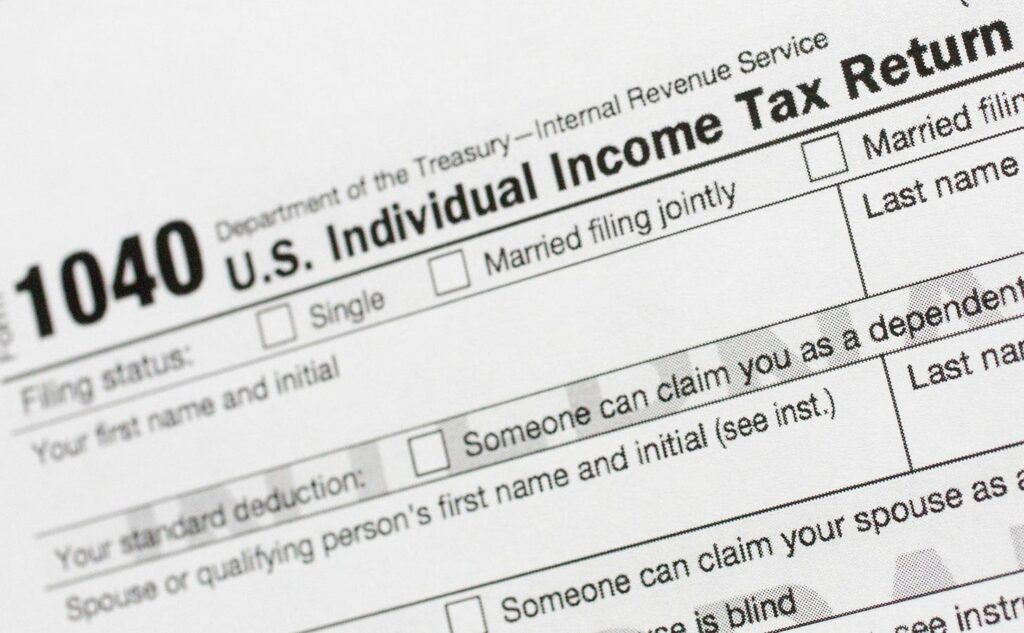Gallup has been polling this topic for several decades. More than half of Americans feel that they are paying too much in federal income taxes.
Reducing income taxes is something everyone wants to do. If you own real estate or a small business, you have more ways to defer taxes. Most people do not own these types of investments. For those who do not, the simplest way to lower your federal income taxes over your life is by contributing to your retirement accounts. Even if you do own real estate or a business, maxing out retirement contributions is still a smart move.
Types of Retirement Plans
Retirement plans can be tricky because there are many types and different rules. Common plans include:
- Traditional IRA
- Roth IRA
- Simple IRA
- 401(k)
- 403(b)
- SEP (Simplified Employee Pension)
- Solo 401(k)
The rules got even more complicated with the Secure Act in 2019 and Secure Act 2.0 in 2022. Understanding these changes is key to making the best decisions for your income taxes and financial future.
Traditional vs. Roth Contributions
Retirement contributions generally fall into two categories: traditional or Roth.
Traditional Contributions
- With traditional contributions, you generally get a tax break now. This lowers your taxable income for the year. However, when you take money out in retirement, it is taxed as income, and in some cases, subject to early withdrawal penalties. Some people choose traditional accounts when they are in a higher income tax bracket now and expect to be in a lower one during retirement.
Roth Contributions
- Roth contributions work differently. You do not get a tax break when you put money in, but the money grows tax-free. If you follow the rules when withdrawing, you will not pay taxes on that money in the future. Many people choose Roth accounts if they expect to be in a higher tax bracket later in life.
The Power of Compounding
No matter which you choose, your money grows without being taxed on the gains while it is in the account. This compounding effect can significantly grow your savings over time. Albert Einstein called compounding the “eighth wonder of the world.”
Key Tips for Retirement Savings
- Start contributing to retirement accounts as early as possible.
- Contribute as much as you can each year.
- Make sure your investments are in the right mix for your goals — this is where a good financial advisor can help.
- If you work for a company, take the time to learn about your workplace retirement plan. Understand your options and make smart decisions. Pay particular attention to any company matching funds.
Workplace Retirement Plans: 401(k)s and New Catch-Up Rules
The 401(k) is the most common workplace retirement plan. Secure Act 2.0 made significant changes, especially for those aged 60 to 63. Starting in 2025, catch-up contribution limits will increase, allowing you to save more during those years. Here are the new limits:
- Up to age 49: $23,500
- Ages 50 to 59: $31,000
- Ages 60 to 63: $34,750 (new super catch-up limit)
- Age 64-plus: $31,000
These new catch-up limits for ages 60 to 63 took effect on Jan. 1, 2025.
Social Security and Retirement
Many Americans rely on retirement accounts and Social Security to fund their retirement. Please take the time to understand your social security benefits.
Final Thoughts
I encourage everyone to take time to understand their retirement plans and ensure their investments inside the accounts are appropriate. Small changes now can make a big difference in your future — and help lower your taxes along the way.
Read the full article here

